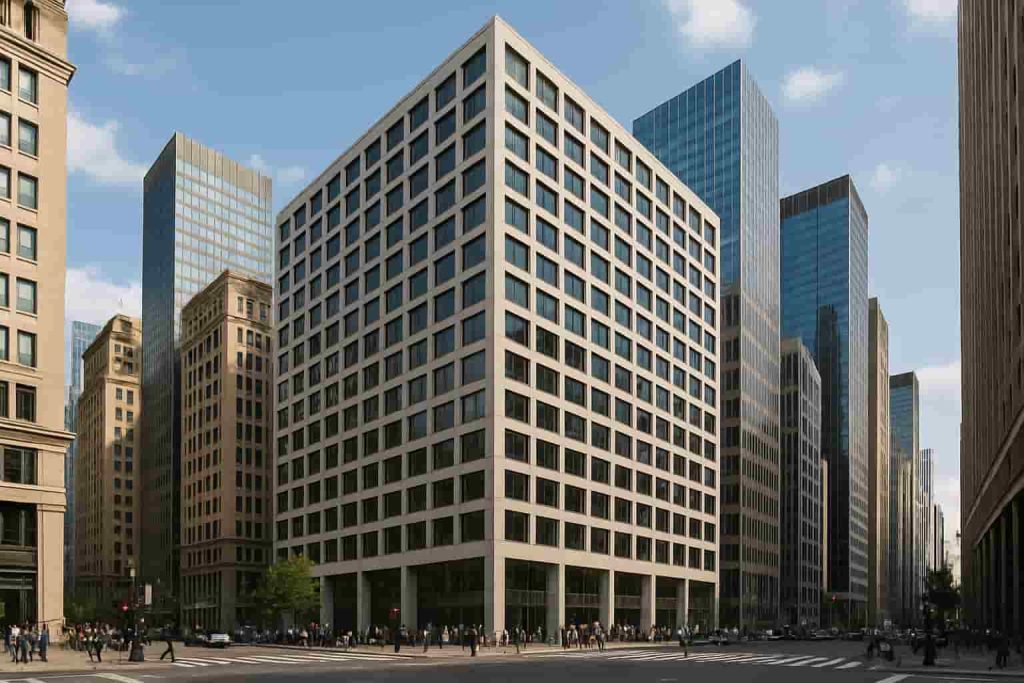Home loan arrears are the highest in years but at this stage pose no threat to financial security, according to the RBA’s head of financial stability Jonathan Kearns.
The figures are being driven by prevailing economic conditions and tighter lending standards.
Speaking to the Property Lenders’ Summit in Canberra this week, Mr Kearns said it was weak income growth, falling property prices, rising unemployment and tighter lending restrictions that was responsible for the rising home loan arrears figures.
“The share of banks’ housing loans in arrears is now back around the level reached in 2010, the highest it has been for many years,” he said.
“The influence of at least some other drivers may not reverse course sharply in the near future, and so the arrears rate could continue to edge higher for a bit longer.”
“Arrears rates should not rise to levels that pose a risk to the financial system or cause great harm to the household sector.”
The RBA says arrears are still well below levels seen in the 1990s recession and Mr Kearns said tighter lending standards from APRA and ASIC from the loose period a few years ago was driving the change.
“With weaker lending standards, more loans will be made to borrowers who are likely to experience difficulty repaying their loan, say because their income is less stable,” he said.
“For these reasons, weaker lending standards can lead to higher rates of arrears.”
“However, measures taken to improve lending standards may actually temporarily increase arrears rates.”
Mr Kearns said some borrowers on interest-only loans were running into trouble where banks have charged higher interest rates and applied more scrutiny.
“As a result, some borrowers who may have anticipated being able to roll over an interest-only period are finding they cannot,” he said.
“If they can’t refinance and struggle to make their existing repayments, they are more likely to fall into arrears.”



